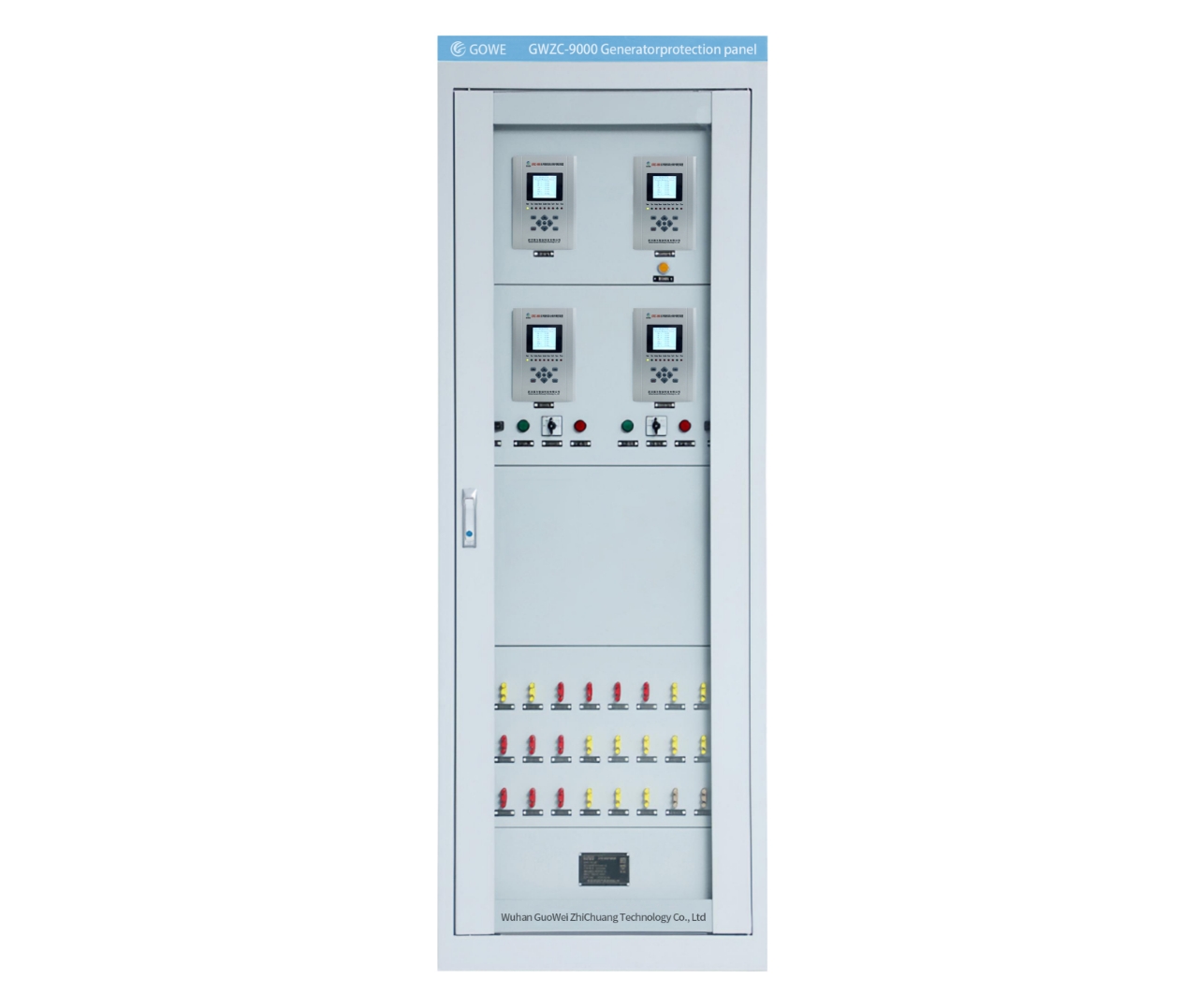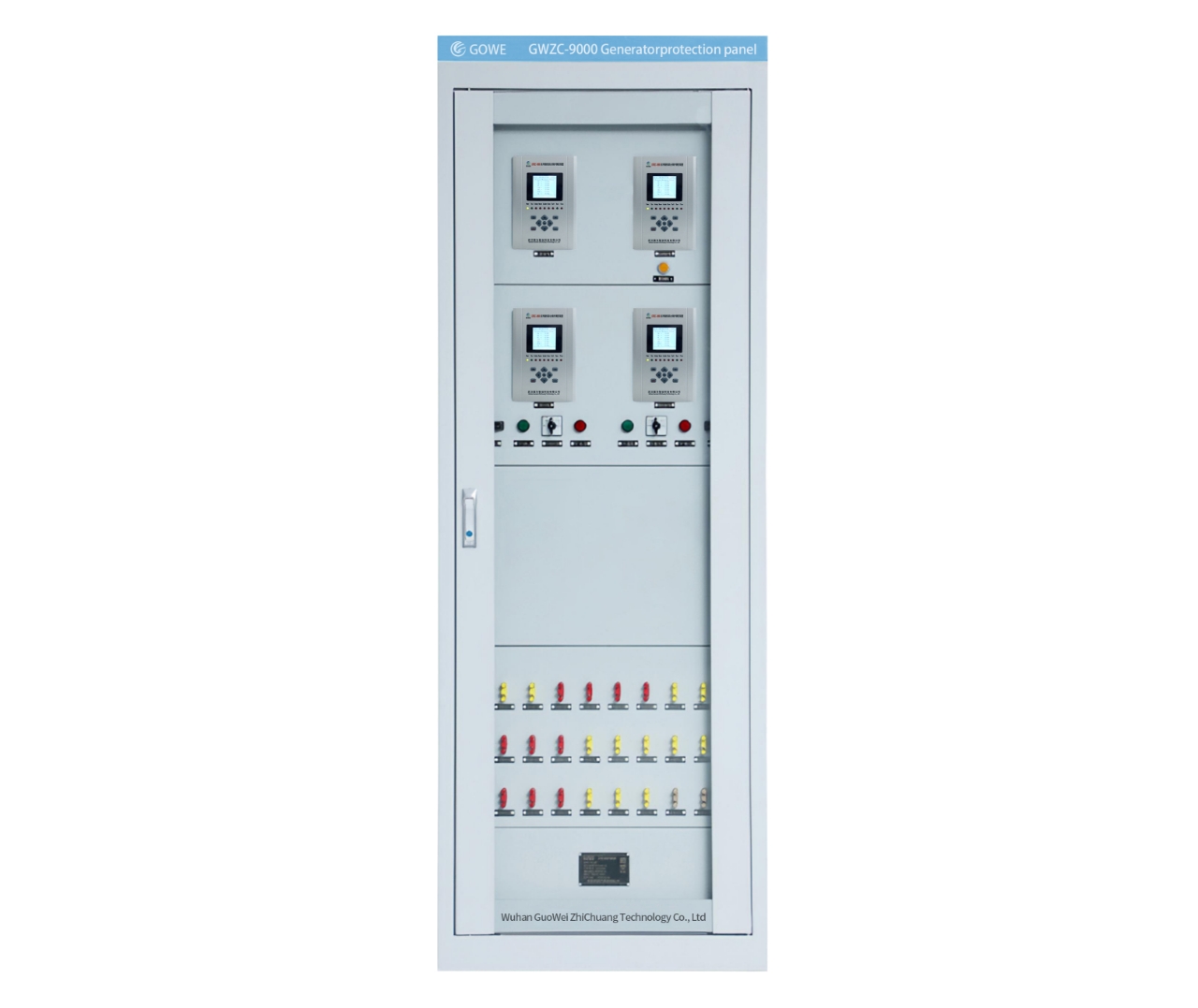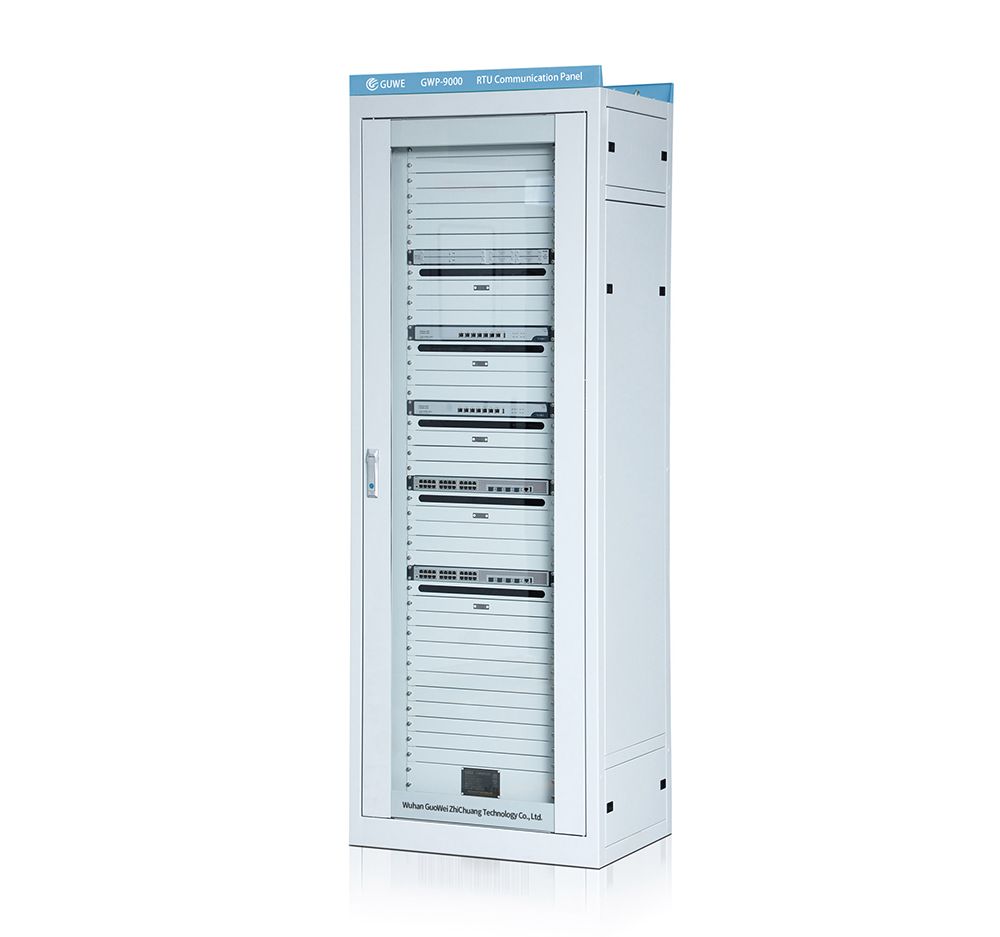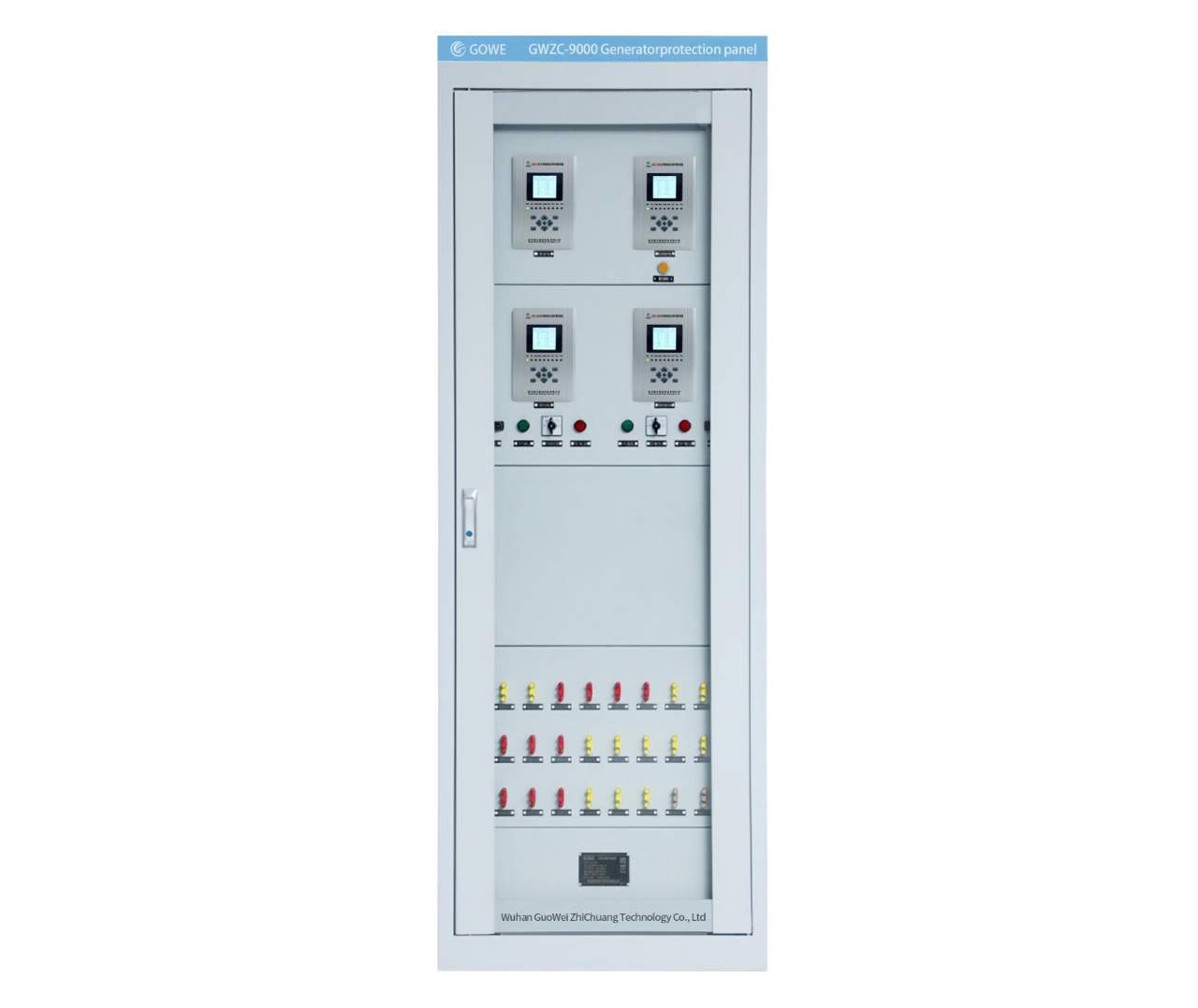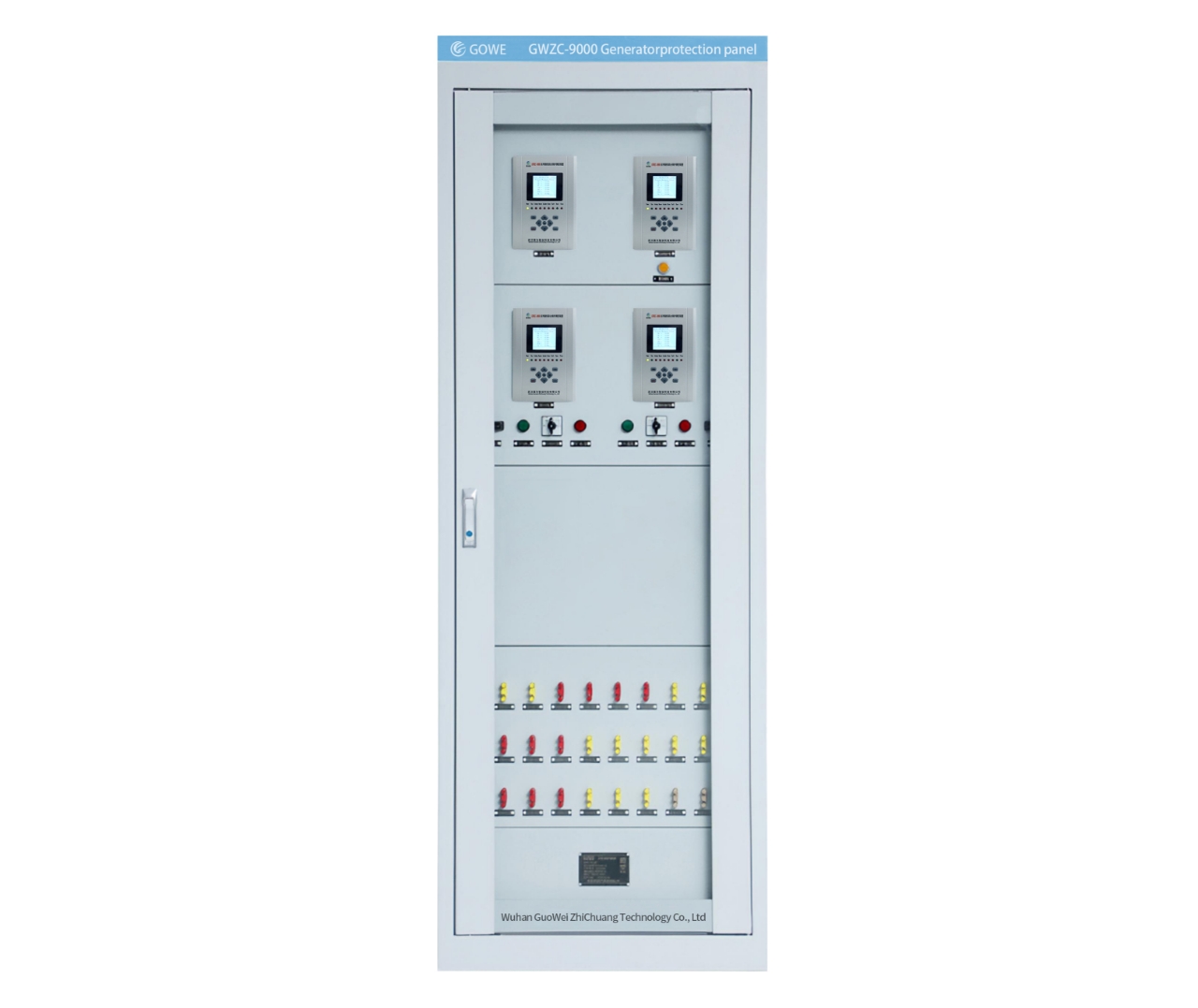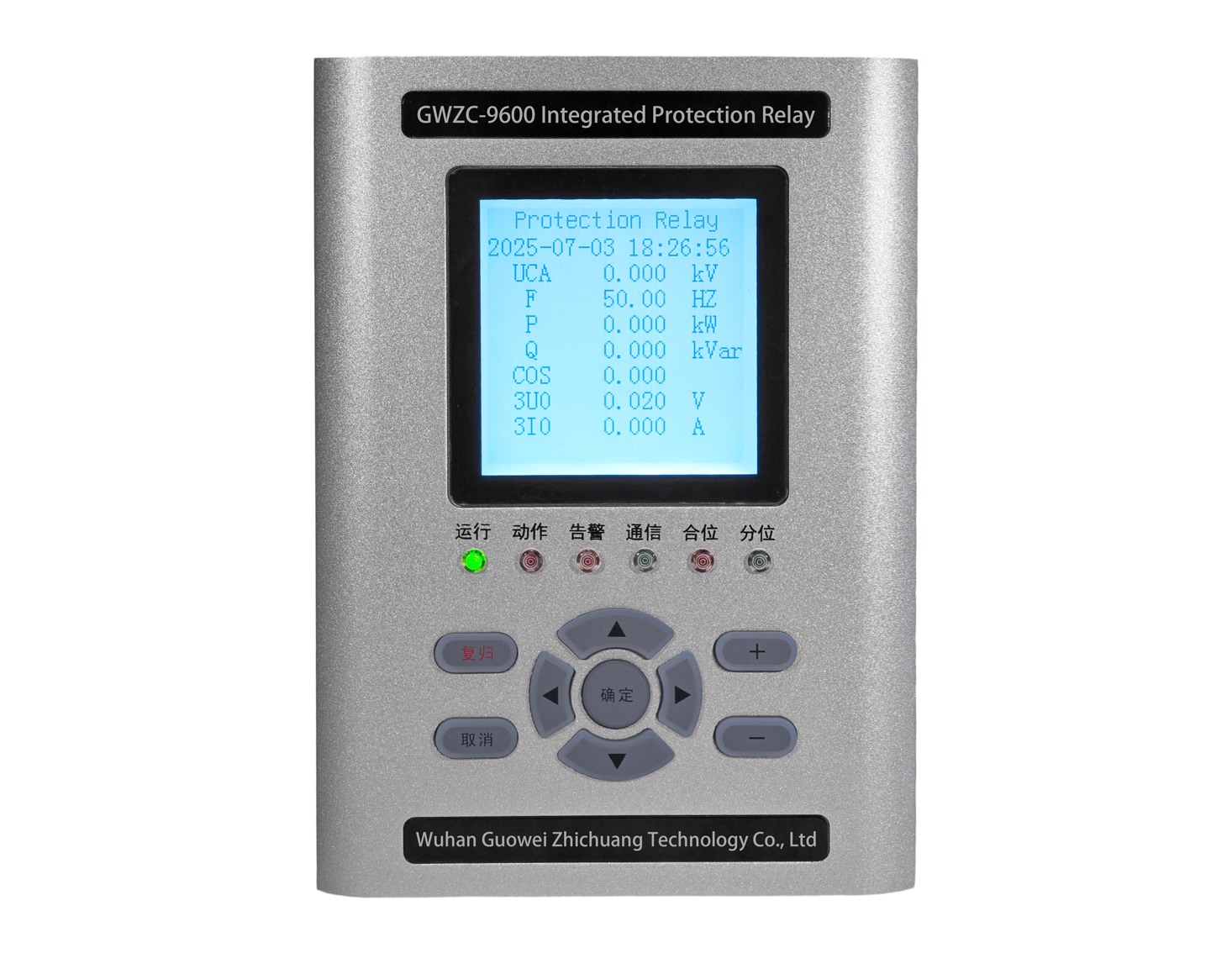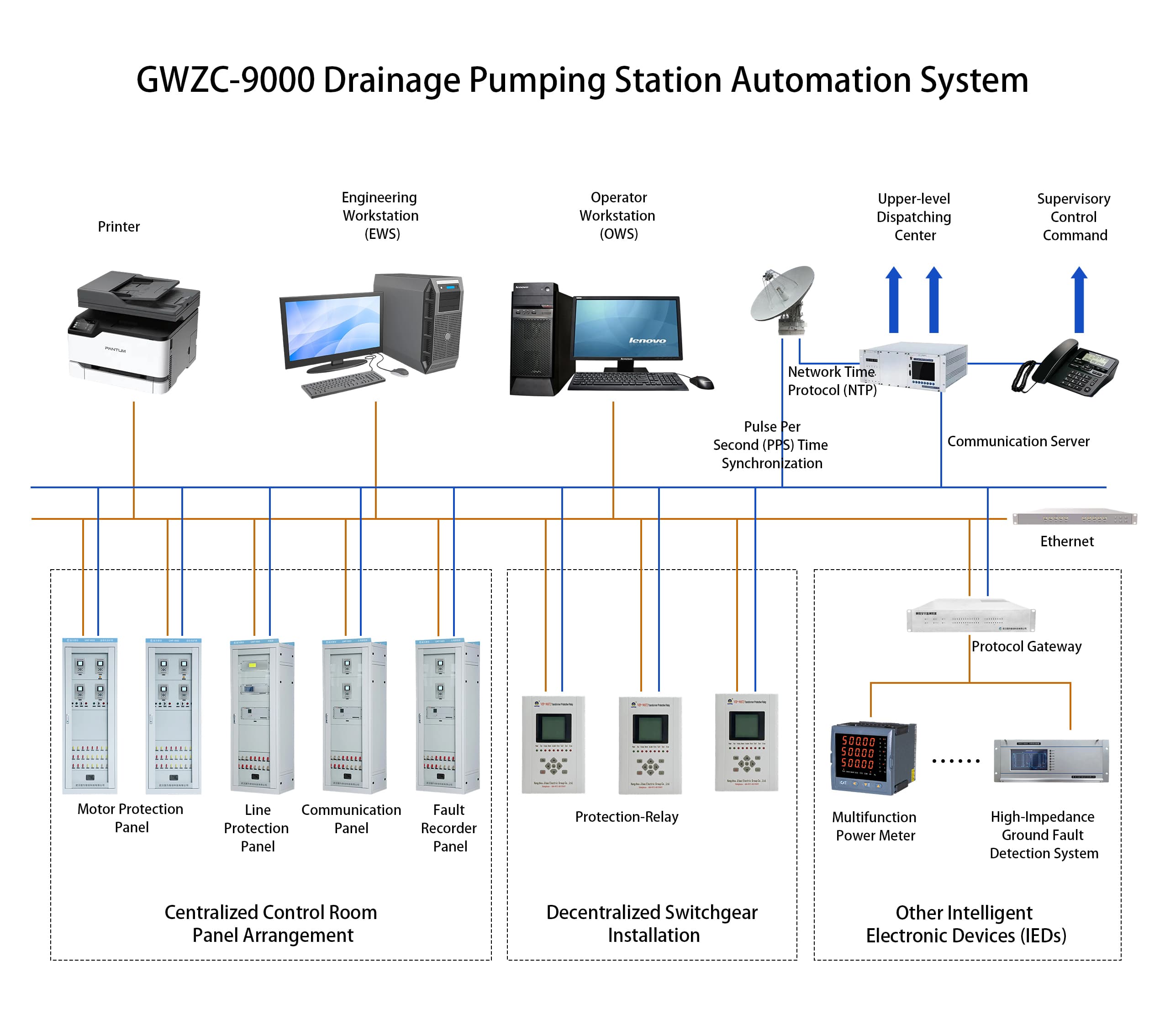
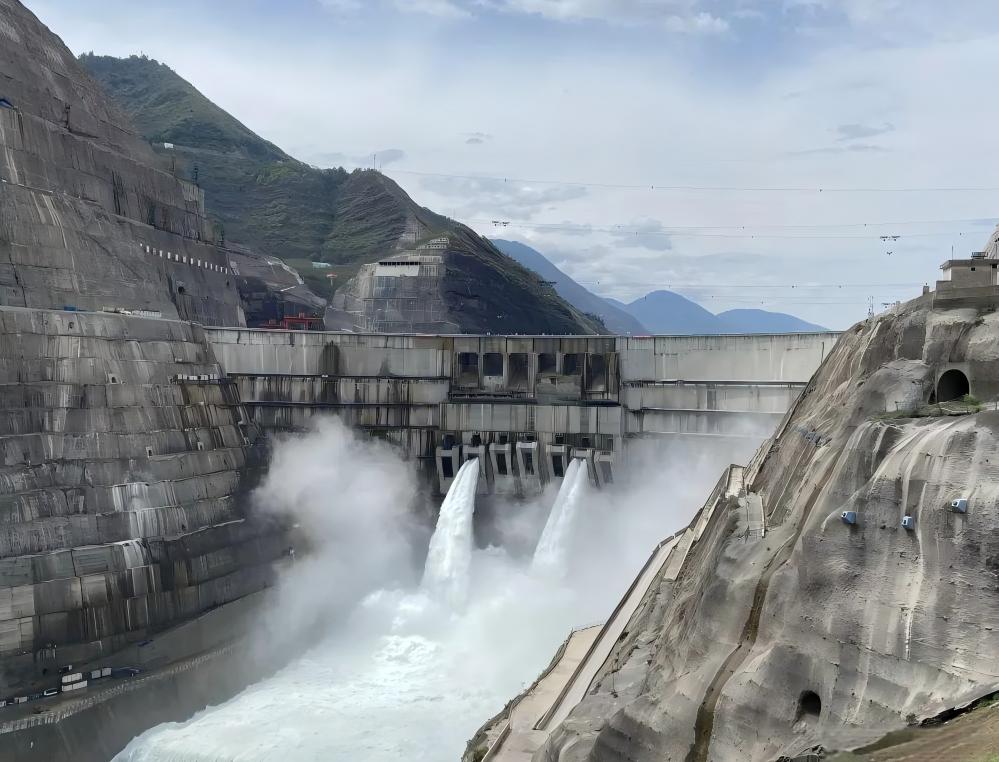
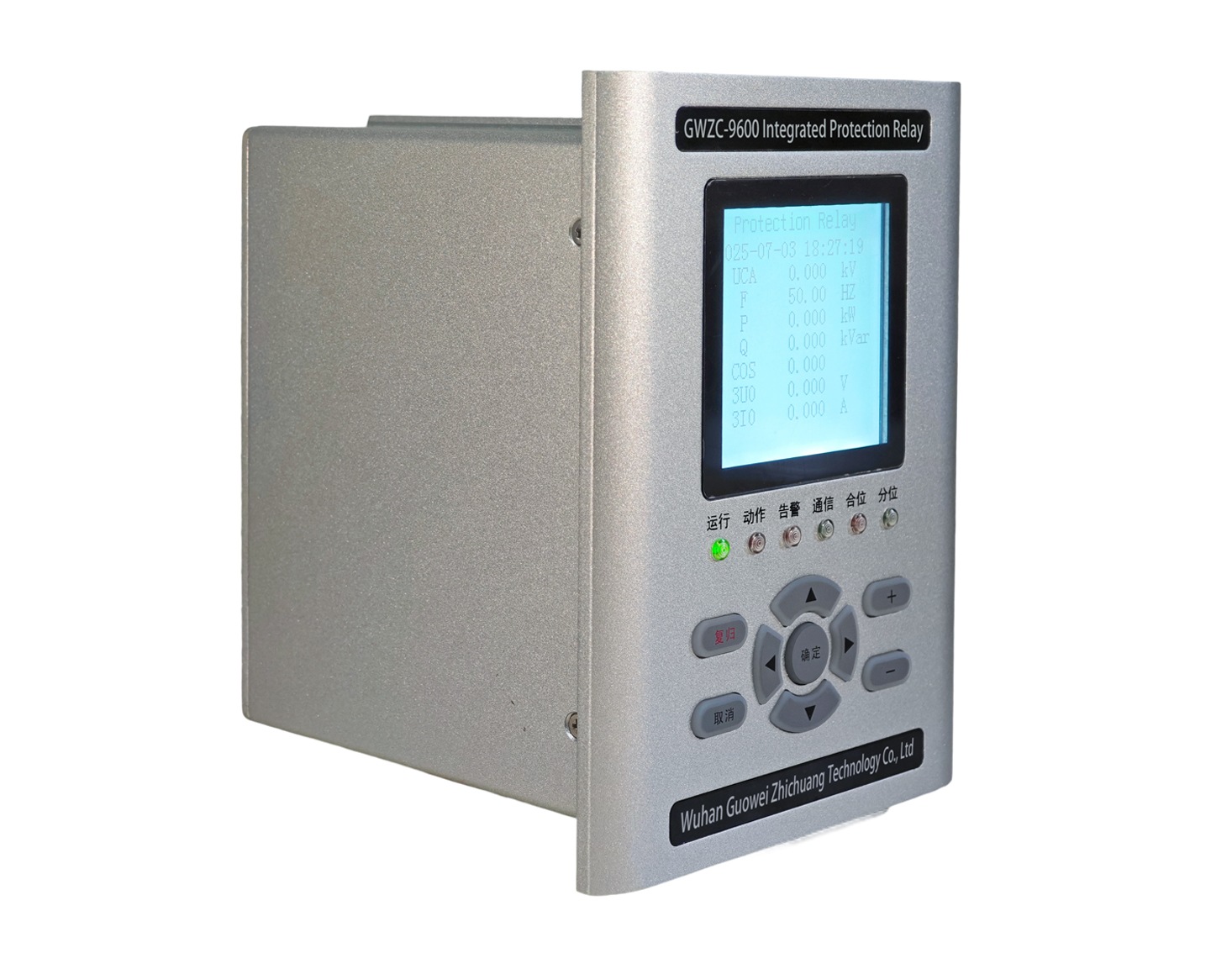
Introduction : The Fault Recorder Panel (FRP) serves as the “black box” of power systems, capturing real-time voltage/current waveforms and digital signals during faults to provide critical data for fault analysis and protection verification. (ANSI 21)
Communication protocols : IEC 60870-5-101/103/104 ,IEC 61850(MMS/GOOSE/SV), Modbus RTU & Modbus TCP,RJ-45 , RS-485
1. Key Functions of Fault Recorder Panel
(1) Fault Recording & Analysis
Captures voltage/current waveforms during short-circuit, grounding, or line-break faults.
Records pre-fault and post-fault data (seconds to minutes) for root cause analysis.
(2) Protection Device Verification
Logs relay and circuit breaker operation sequences to validate protection schemes (e.g., ANSI/IEEE C37.111 compliance).
(3) Power Quality Monitoring
Detects harmonics, voltage sags/swells, and frequency deviations per IEC 61000-4-30.
2. Core Features of Fault Recorder Panel
(1) Multi-Channel High-Speed Sampling
Supports simultaneous acquisition of analog (voltage/current via PT/CT) and digital inputs (breaker status, relay signals).
Sampling rates range from kHz to MHz for transient analysis.
(2) Triggered Recording
Auto-activates upon thresholds (overcurrent, voltage distortion, frequency deviation) per IEEE 1344.
(3) Data Storage & Compression
Employs FIFO (First-In-First-Out) buffering; prioritizes fault data storage in COMTRADE format (IEEE C37.111).
(4) Time Synchronization
Uses GPS/IEEE 1588 (PTP) or IRIG-B for μs-level synchronization across substations.
(5) HMI & Connectivity
Features touchscreen/buttons for waveform replay, setting adjustments, and report generation.
Exports data via Ethernet, USB, or fiber optics to SCADA/EMS systems.
3. Working Principle of Fault Recorder Panel
(1) Signal Acquisition
PT/CT Isolation: Steps down HV/high-current signals to low-level inputs.
A/D Conversion: Analog signals are filtered, amplified, and digitized by 16-bit+ ADCs.
(2) Data Processing
Trigger Logic: Real-time monitoring via FPGA/DSP; triggers recording upon fault detection.
Buffer Memory: High-speed RAM temporarily stores sampled data.
(3) Storage & Output
Timestamped data saved in COMTRADE format for compatibility .
Supports IEC 61850 communication for seamless grid integration.
(4) Redundant Power Supply
Dual feeds (AC/DC) ensure uninterrupted operation during faults.

